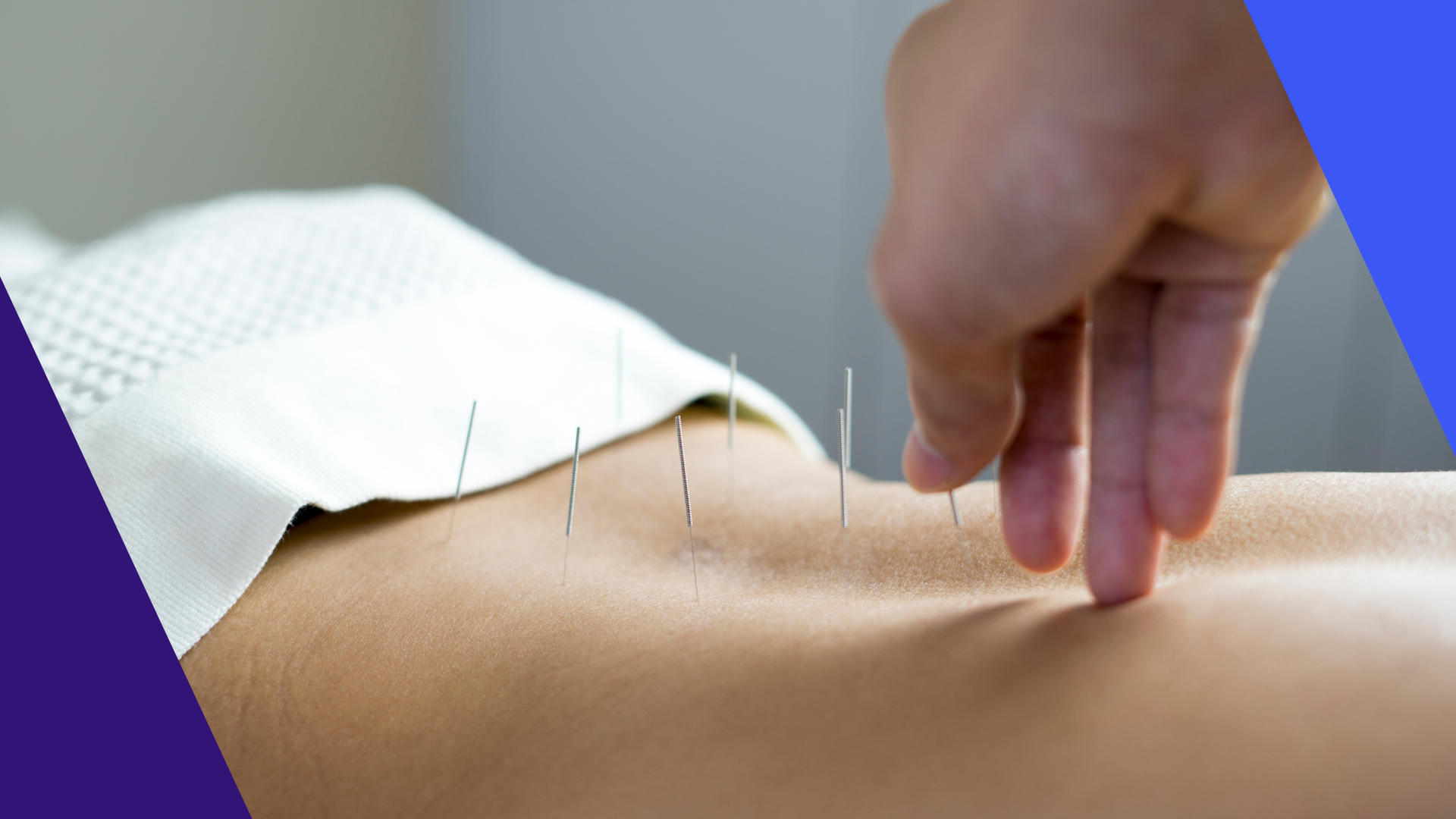The practice of using dry needling within Osteopathy is a constantly growing and is an effective treatment modality. Needle penetration at specific sites within muscular tissue results in mechanical stimulation of the surrounding tissues and consequent physiological and psychological responses. It is a minimally invasive procedure, typically lasting between 5-10 minutes and aids in reducing musculoskeletal pain and restore the bodies capability for movement.
Musculoskeletal pain arises from many different causes and actions but is seen within a clinical setting as the manifestation of Myofascial trigger points. Myofascial trigger points are a localized hypersensitive area within a taut band of skeletal muscle tissue. These trigger points are commonly treated within Osteopathy with the intention to release the muscle tissue and reduce musculoskeletal pain.

A thorough understanding of the anatomical muscular structures is required to achieve the greatest benefit for the patient and in the safest manner.
Dry needling application used within Osteopathy varies from Chinese or Japanese Acupuncture. In Acupuncture, needles are applied to a Chinese or Japanese Medicine system (Eastern medicine). However, in dry needling, placement is directly correlated to an area in which the practitioner perceives will achieve the greatest therapeutic effect. The direct benefits of dry needling when used in conjunction with other osteopathic treatment techniques will facilitate mobility and restore functionality.
In addition to the distinct effects of dry needling, every osteopathic consultation involves a therapeutic component, physical examination, formulation of a diagnosis, advice, and education to the patient on how to achieve a positive response. The clinical effects of dry needling may not be determined by the amount of needling stimulus or needles used, but how they’re used in conjunction with the overall treatment plan provided by the practitioner.
If you currently suffering from musculoskeletal pain and have not tried dry needling before it is a great way to stimulate muscular repair and reduce your recovery time.
Dr Edward Murphy-Brown – visit his page here
Reference: Luke D. Rickards. Therapeutic needling in osteopathic practice: An evidence-informed perspective. International Journal of Osteopathic Medicine 12 (2009).
Kalichman L, Vulfsons S,. Dry Needling in the Management of Musculoskeletal Pain. Journal of the American Board of Family Medicine. September–October 2010 Vol. 23 No. 5
